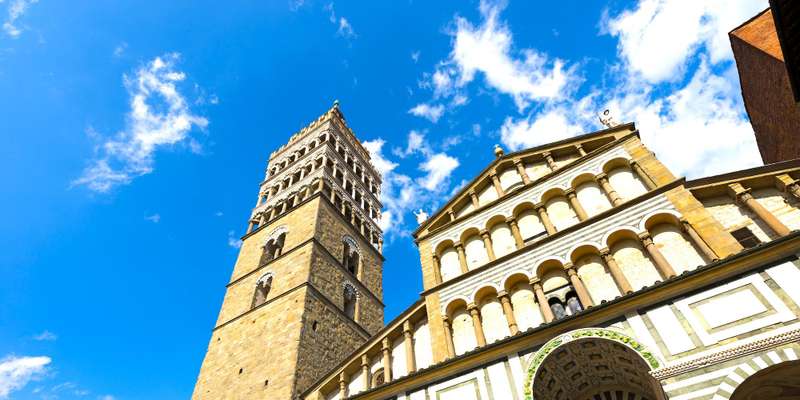- Home
- Useful Tips
- Pistoia's most impressive...
Many travelers to Tuscany overlook Pistoia's remarkable private art collections, unaware these cultural treasures exist or how to access them. Recent surveys show 68% of visitors to the region miss these intimate art experiences entirely, defaulting to crowded public museums. The frustration is palpable – you know there's more to Tuscan art than the Uffizi's queues, but lack the connections to discover these hidden spaces. Unlike Florence's tourist-heavy venues, Pistoia's private holdings offer rare Renaissance masterpieces in their original settings, with visitor numbers strictly limited. The challenge lies in navigating strict opening protocols and identifying which collections truly merit your precious travel time.


Why Pistoia's private collections outshine crowded museums
Pistoia's privately owned art spaces provide an unrivaled viewing experience that major institutions simply cannot match. Where Florence's galleries force you to jostle for glimpses of Botticelli, here you'll study 15th-century altarpieces with only the caretaker for company. The Palazzo Buontalenti's collection, for instance, displays Filippino Lippi works in the very chambers they were commissioned for, their colors preserved by centuries of controlled light exposure. These environments reveal details mass tourism has erased elsewhere – the texture of gilding on medieval reliquaries, the subtle craquelure on panel paintings. More than mere display spaces, these homes-turned-galleries let you trace the evolution of Tuscan art through intimate domestic settings. The Cospi Collection's studiolo demonstrates how Renaissance nobles actually lived with art, its miniature bronzes arranged exactly as recorded in 1560s inventories.
Decoding access requirements for time-pressed visitors
Gaining entry to Pistoia's private collections requires understanding three unwritten rules most tourists miss. First, nearly all demand advance reservations due to strict conservation limits – the Marchese Torrigiani's cabinet of drawings accepts just eight visitors weekly. Second, many enforce dress codes more rigorously than churches (no bare shoulders or shorts, despite Tuscan heat). Third, and most surprisingly, several collections only open during academic terms when resident art historians are present. The silver lining? These restrictions mean you'll never face crowds. Local experts recommend focusing on two types of collections: family-held palazzos with fixed weekly openings (like the Antinori's Thursday morning slots) and foundation-run spaces with seasonal programs (check Palazzo de' Rossi's autumn lecture series). For last-minute planners, the Tourist Information Office sometimes secures next-day access to smaller holdings.
Curating your perfect art itinerary beyond the obvious
With limited visiting hours across Pistoia's private collections, strategic planning maximizes your artistic rewards. Morning visits prove essential for the Cappella del Tau's fresco cycle – sunlight through its eastern windows illuminates Spinello Aretino's gold leaf as intended. Post-lunch slots work better for the darkened chamber housing the San Domenico Predella panels, where your eyes need adjustment to appreciate their luminous details. Don't make the common mistake of overloading one day; even dedicated art lovers should limit themselves to two collections daily. The overlooked Archivio Vescovile holds the real gems for quattrocento enthusiasts – its recently attributed Baldovinetti drawings require prior permission but reward with uninterrupted study. Smart visitors pair major stops with lesser-known treasures; after viewing the Cathedral's della Robbia, walk five minutes to the Palazzo Rospigliosi's private chapel for its unparalleled terracotta roundels.
Specialist-led experiences versus independent exploration
The debate between guided tours and solo visits carries particular weight in Pistoia's private collections. While docents provide irreplaceable context (the Pecori family's guide explains why their Ghirlandaio was painted on an unusual fabric support), they inevitably control your viewing time. Independent access, when available, lets you linger on that problematic attribution or sketch a favorite detail. For first-timers, we recommend a hybrid approach: take a guided tour of one flagship collection (the 90-minute Palazzo Panciatichi tour decodes its symbolic portrait gallery), then apply that knowledge during unaccompanied visits to smaller holdings. Students and researchers should inquire about scholarly access programs – several foundations grant extended study time if you email conservators directly. Remember that even 'self-guided' visits here involve a staff member shadowing you; embrace their presence as they'll often share anecdotes no guidebook contains.
